What has seven seats & flies?
Sure, you can come up with pithy responses based on zippers or on garbage bags but seriously, what has seven seats and flies? Again, you could respond with conclusions based on the ability of the most highly-powered seven seat SUVs and crossovers to really shift down the German autobahn.
Thanks to modern technology, however, we may soon have a relatively affordable vehicle that literally flies and can carry seven people. The USA’s National Aeronautics and Space Administration (NASA) has just announced a new programme aimed at developing a replacement for the venerable Space Shuttle, a now-famous reusable launch system and combined orbital spacecraft that has been the foundation of the US space programme for several decades.
When we say ‘affordable’ of course, we mean relatively. This new programme is budgeted at more than $269 million – hardly pocket change but relatively cheap as far as space exploration goes.
Four companies – Boeing, Blue Origin, Sierra Nevada Corporation and Space Exploration Technologies, or SpaceX – are taking part in NASA’s programme to come up with a new high-tech answer to the need for a re-useable spacecraft.

NASA Logo pictured above.
SpaceX is getting $75 million from NASA. The company has a Falcon 9 rocket, which it has flown twice, and a space capsule called Dragon.
With its latest injection of funding, SpaceX is planning to turn the Dragon into a seven-seater. Boeing, which is getting $92.3 million is also working on a seven-seat space capsule.
Sierra Nevada Corp. is spending its $80 million on perfecting its existing Dream Chaser, a winged spacecraft with seating for seven. No prizes are on offer for what Blue Origin is working on. Yes, it’s a seven-seat space capsule.
Of course, few people are in a position to spend $80 million on a seven-seater but bear in mind that this is truly space-age technology and how many crossovers do you know that can break free of Earth’s gravity?
So, we mere mortals looking for a seven-seater that flies and counts as affordable are left with some rather less-exciting options. If you have enough money to count as rich but lack the space-explorer rich tag, you can easily look to launch something from BMW, Audi or LandRover.
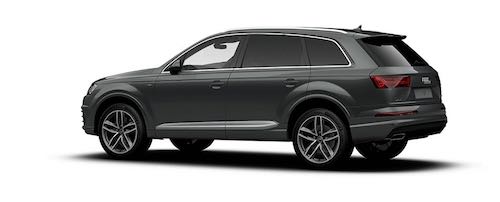
Audi Q7 pictured above
The Audi Q7, particularly with the 6.0-litre V12 turbodiesel engine, could probably threaten some rockets in terms of outright power. For something a little less earth-shaking, you can opt for a Q7 with a smaller engine or maybe a BMW X5.
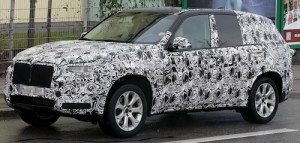
BMW X5 pictured above.
For an earth-bound cruise missile of slightly more affordable dimensions, there is the Vauxhall Zafira VXR. With engine power and top-end poke that puts many of the most expensive SUVs to shame, this is truly a rocket-sled and not for the faint-of-heart.
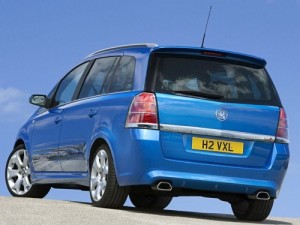
Vauxhall Zafira VXR (fast) pictured above.
Thanks to a turbo-charged 2.0-litre four-cylinder engine unearthed in the Astra VXR, this road-going missile-like people mover is likely to have you counting down to zero before launching it on its 0-60mph missions, which need only 7.2 seconds to be completed. Keep your foot on it on a suitably long and legal stretch of road and this seven-seat capsule will reach a terminal velocity of 144mph.

 Audi 7-Seater
Audi 7-Seater BMW 7‐Seaters
BMW 7‐Seaters Chevrolet MPVs
Chevrolet MPVs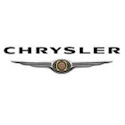 Chrysler MPVs
Chrysler MPVs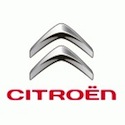 Citroen MPVs
Citroen MPVs Fiat 7-Seaters
Fiat 7-Seaters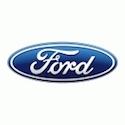 Ford 7-Seaters
Ford 7-Seaters Honda MPVs
Honda MPVs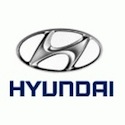 Hyundai MPVs
Hyundai MPVs Jeep 7-Seaters
Jeep 7-Seaters Kia 7-Seaters
Kia 7-Seaters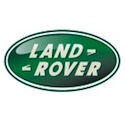 Land Rover
Land Rover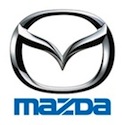 Mazda MPVs
Mazda MPVs Mercedes MPVs
Mercedes MPVs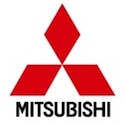 Mitsubishi
Mitsubishi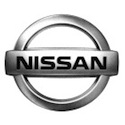 Nissan
Nissan  Peugeot
Peugeot  Renault
Renault  SEAT 7‐Seaters
SEAT 7‐Seaters Ssangyong
Ssangyong 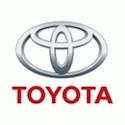 Toyota
Toyota  Vauxhall MPVs
Vauxhall MPVs Volkswagen
Volkswagen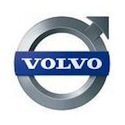 Volvo MPV
Volvo MPV All Manufacturers
All Manufacturers